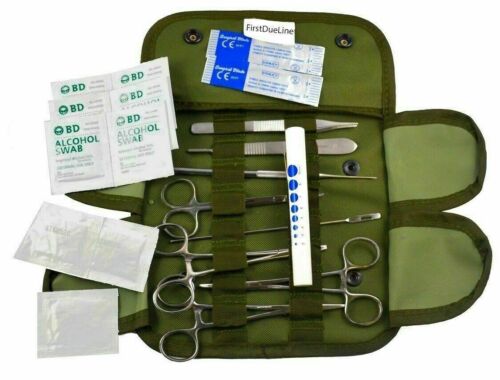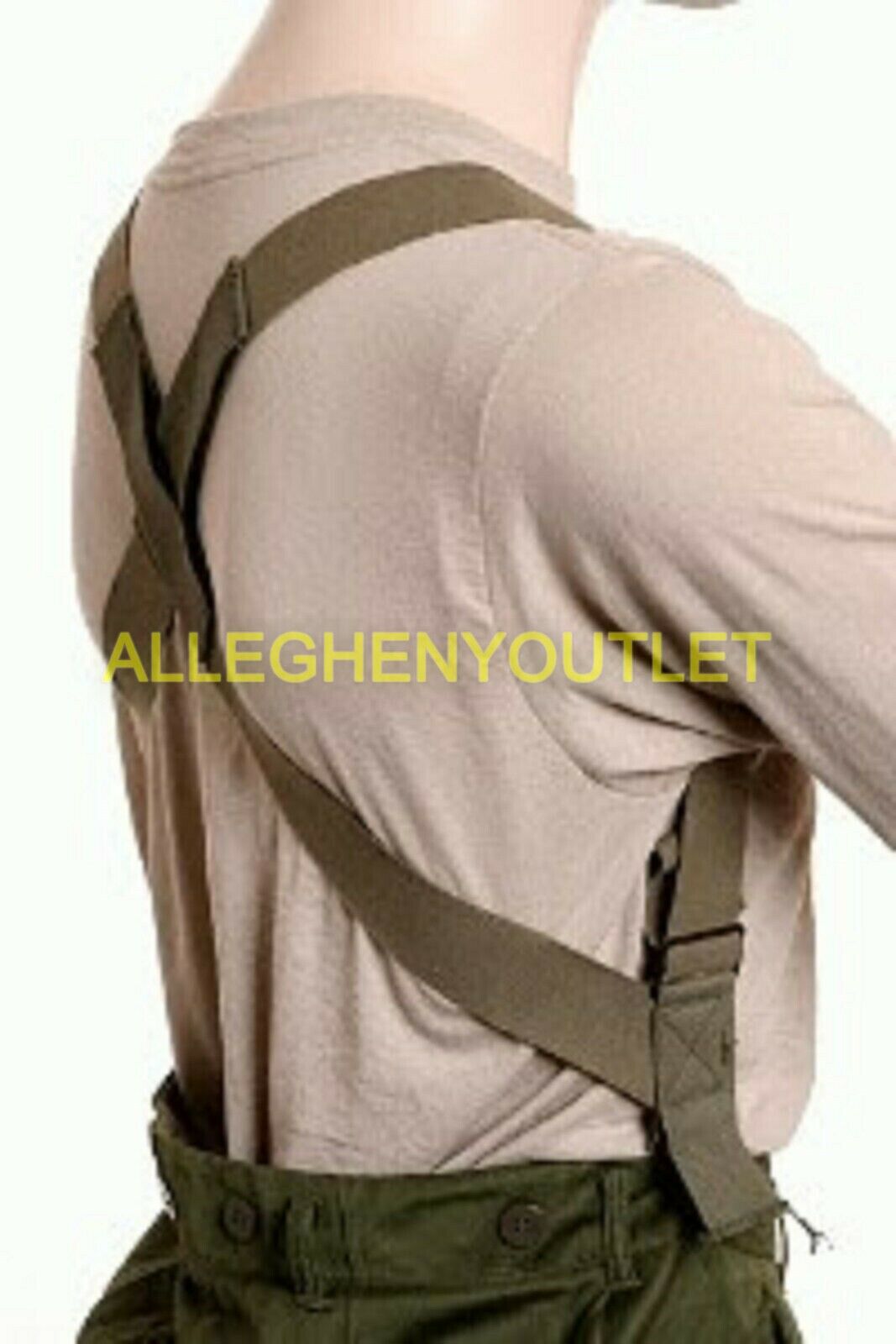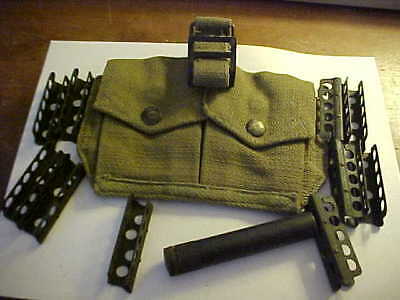-40%
USGI Water Sterilizing Canvas Lister (Lyster) Bag 36 gallon Military Surplus NOS
$ 52.79
- Description
- Size Guide
Description
These genuine military surplus water sterilization bags are new old stock, and we received in carboard boxes, but we kept them outside under a tarp and the boxes got ruined. The canvas sterilization bags are new old stock ner issued, but may show some storage wear and look in used good condition.Purification of drinking water by the use of liquid chlorine was developed in 1910 by Major Carl Rogers Darnell, Professor of Chemistry at the Army Medical School. In the same time period, Major (later Col.) William J. L. Lyster (1869-1947) of the Army Medical Dept. used a solution of calcium hypochlorite in a linen bag to treat water. Lyster's method became the standard for U.S. ground forces in the field and in camps, implemented in the form of the Lyster Bag (also spelled Lister Bag).
Although commonly called the Lyster Bag (or Lister Bag) the correct modern nomenclature is "Bag, Water, Sterilizing" with NSN 4610-00-268-9890. The Lyster Bag was a component of Field Feeding Equipment, such as the Mobile Kitchen Trailer, with one or two Lister Bags supplied according to the unit size of the kitchen, issued approximately one per 100 persons. The newer Containerized Kitchen does not include the Lister Bag.
The 36 gallon capacity Lyster Bag was approximately 36 inches tall by 22 inches in diameter. The bag included a rope for hanging, a lid/cover, and had six water faucets around the base. In use, it was hung from an improvised tripod of tent poles or locally cut material, hung away from anything that could cause potential contamination, such as a tree. A trained technician would fill the bag, then put chlorine ampoules into the water to sterilize it. After testing the water for potability, it was available for filling canteens, cooking, or any purpose
Instructions for Use of the Lyster / Lister Bag
For small groups, the 36-gallon canvas Lyster bag was used as a container for disinfecting raw water. The bag was filled to the mark with the cleanest raw water available, using muslin cloth for straining out solids. This procedure was followed to ensure safe drinking water:
Before it is filled with water, clean the Lyster Bag with a solution made with one ampoule of calcium hypochlorite dissolved in one gallon of water;
Fill the cleaned bag to the mark (4 in. from the top);
Mix a stock solution of chlorine by adding 3 ampoules of calcium hypochlorite to a one-half canteen cup of water;
When dissolved, pour the solution into the Lyster bag and stir with a clean stick;
Wait 30 minutes. Flush the faucets with a small quantity of water;
After 10 minutes, flush the faucets again, and check for chlorine residual as described below;
If the residual test is unsatisfactory, add one more ampoule and repeat the procedure until the desired residual is achieved.
An alternate method consists of adding 1 tablespoonful of liquid household bleach to the Lyster bag and proceeding to check for chlorine residual. If the fabric material has been repaired, patches or temporary plugs must be secure. The check-valve adapter must be undamaged and open easily. Dust caps must be attached to couplers when not in use.
NSN: 4610-00-268-9890
Features:
A10 cylindrical
cotton duck, single wall
olive drab color
stitched
transparent material
one end opening
rope handle
Rugged Earth thanks you for visiting our EBay listing. Rugged Earth is a veteran owned and operated small business since 2005. We proudly sell on EBay and also have our 20,000 sq foot retail store in Pensacola, FL. if you enjoy this listing, please check out our other items in our EBay store where we are adding new interesting items all the time.


















